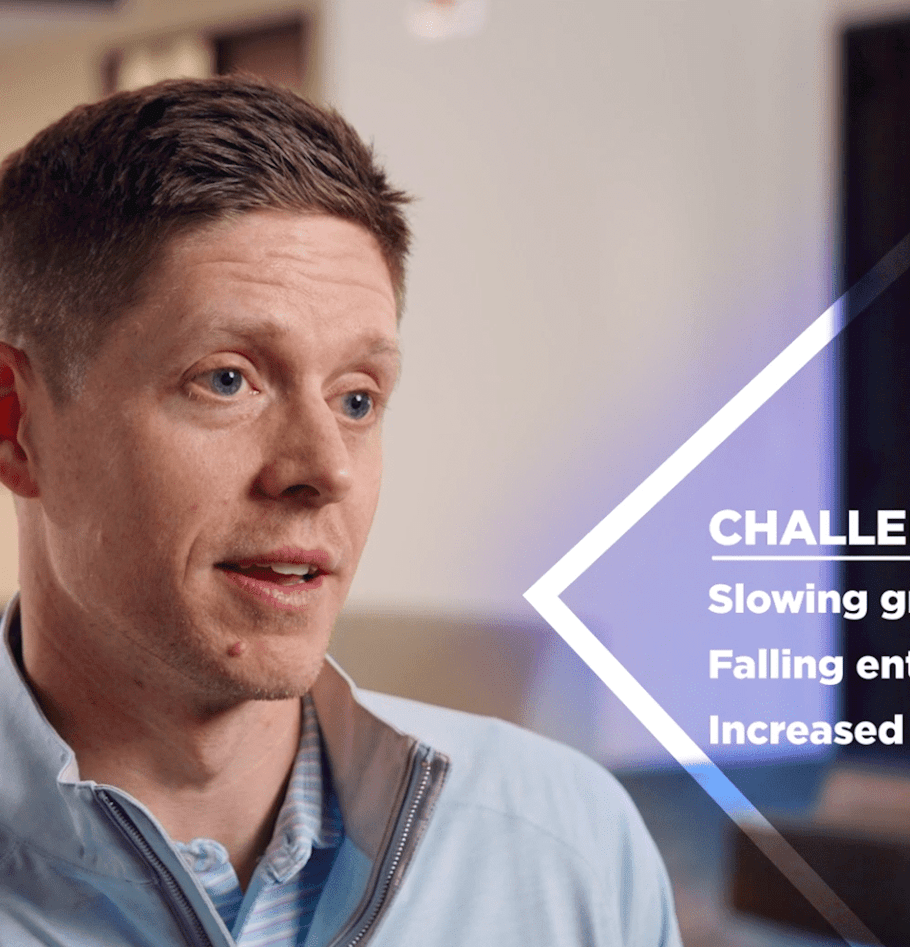Is “clone and go” of business processes & systems the way to go for divestitures?
Carve-outs are among the most complex transactions. It's no wonder companies assume that duplicating existing systems and processes and simply recreating them in the new company is the easiest way to cut ties. Or is it?
Many large corporations have been shedding parts of the business that aren’t driving value and growth. Big names like Quest, Johnson & Johnson, Kimberly Clark, Medtronic, HP and JDSU have all been selling assets (divisions or products) within their organizations as a strategy to re-focus on their core businesses. Most experts expect this trend to continue to increase into 2015 and beyond. So, the question facing organizations and financial buyers faced with a divestiture is how do you manage this complex separation and create a fully functional, standalone entity without wreaking havoc on your existing business?
The popular “clone and go” carve-out mentality
Walk into any successful business and you won’t be surprised if the attitude of business leaders is “this is the way it is done” and “if it isn’t broken, don’t fix it.” During a carve-out, this principle guides the thinking of most executives. Rather than taking an objective look at people, process and systems, it seems easier to “clone and go” – or duplicate the existing systems, processes and operations and implement them for the new entity. Sounds like the path of least resistance, right?
Unfortunately, nothing in a carve-out transaction is simple. And, especially given the complexities of regulatory, compliance and leadership approvals within organizations (with hefty penalties for non-compliance), trying to re-create the current state in a new organization can be extremely difficult – and sometimes unnecessary. For example, a large company might have upwards of 100 internal systems. If this large company carves out a small portion of the business, say a division or product line of 300 people, trying to implement the same level of process, systems and quality on a smaller entity could cripple the new business. If the new business doesn’t need an enterprise-sized system, implementing one could be a costly mistake.
It may sound like a rare occurrence, but it isn’t. “Clone and go” can be a viable strategy, but it is only one option available.
Prepare the new company for success
The best carve-outs take a look at what will work best for the new company given the future business objectives, target operating model, employee base and size. Ask the following questions as you prepare to divest part of the business:
- What business functions, expertise and headcount are available at the new company? What functions should be outsourced?
- Are the current operations optimal from a cost perspective or are there opportunities to streamline the business?
- What systems are critical to the new company’s success?
- What are the new company’s growth plans and are the systems scalable to meet projected growth?
- What functionality is critical and what is “nice to have?” Can off-the-shelf software solutions meet the business needs or are custom applications required? Do systems need to run on-premise or can they be cloud-based?
- How easy would it be to “clone” various applications? Is the data within the systems shared with the parent company? Is any of the configuration salvageable to copy or clone to a new instance? Are the licenses transferrable as part of the deal if a “clone & go” is pursued?
- Is the parent company’s application customized, on a current version and supportable by staff of the new company?
- Do the current providers fit the new business model?
Once you understand the people, processes and systems required to support the business and meet compliance, regulatory, and quality requirements, take a look at your operations and processes that use these systems. Consider:
- How long is the transition services agreement? What shared services resources are needed once the parent company is no longer supporting the new business?
- Do the systems selected streamline processes or create bottlenecks?
- What training is required? What knowledge transfer needs to occur?
- How interconnected are current processes?
Understand your situation and determine next steps accordingly – it’s not a “one size fits all” strategy
Once you understand the business needs, you can objectively evaluate whether “clone and go” is the easiest route or not. It is important to note that the below criteria can be used as a guide on an application by application basis – it does not have to be a “one size fits all” strategy.
|
“Clone & Go” Works Well If…
|
Re-evaluate a “Clone & Go” Strategy If… |
|
|
People
|
|
|
|
Process |
|
|
|
Technology |
|
|
Thoughtful evaluation and planning can be the difference between an efficient exit and a carve-out separation that takes too long, is over budget and puts the business at risk. Successful carve-outs have management teams that are focused on the new business, make timely decisions, designs processes to support the operating model, and works within the appropriate cost structure to support the new corporate vision.
If you are considering divesting part of your business, please contact us.



